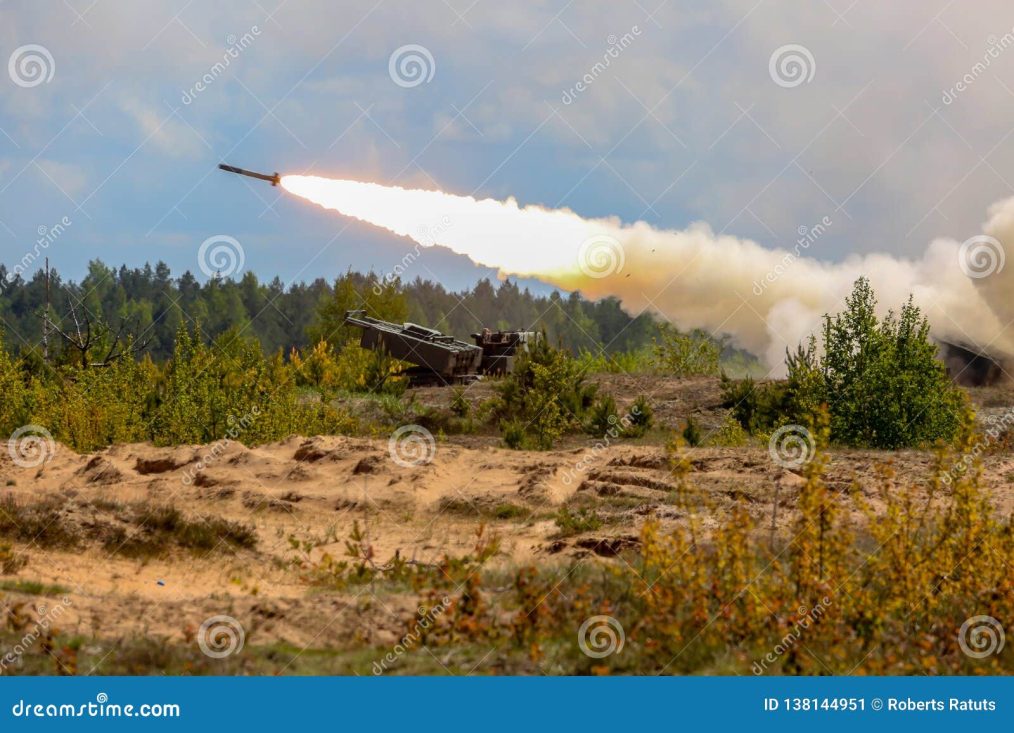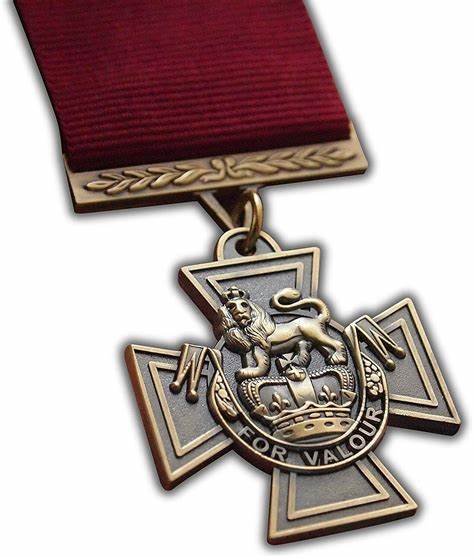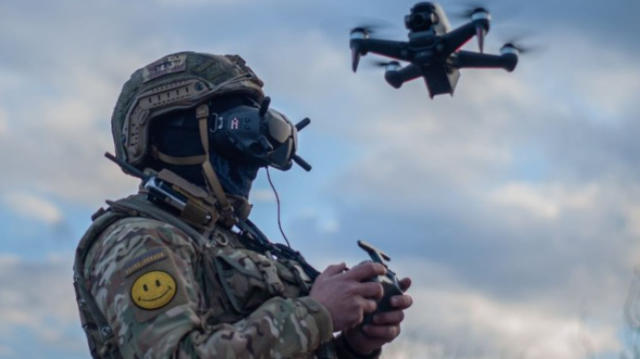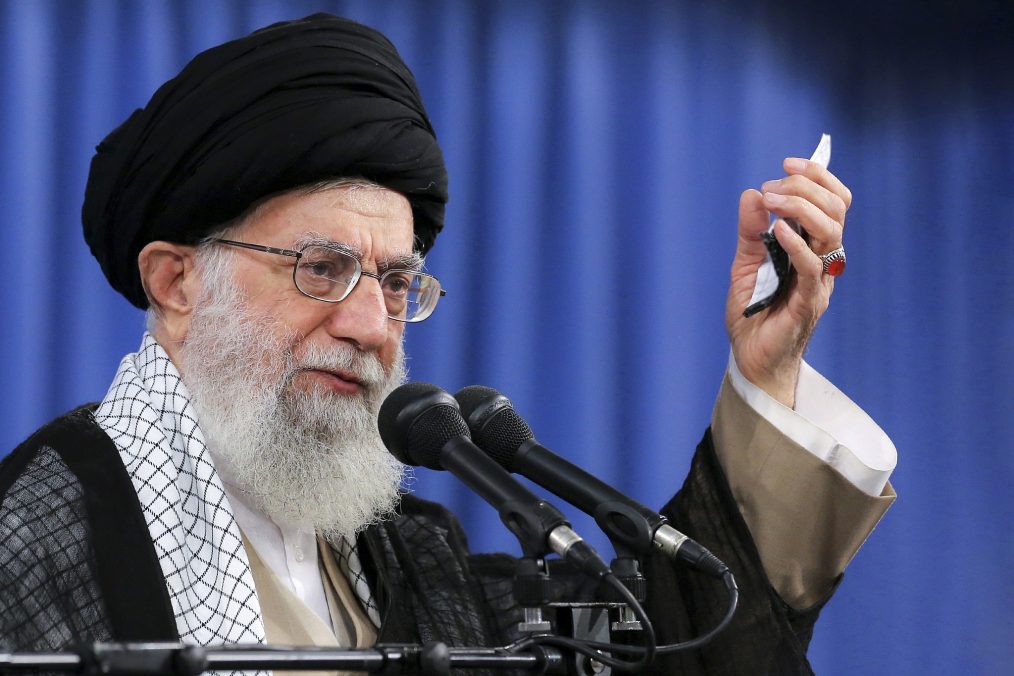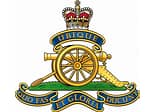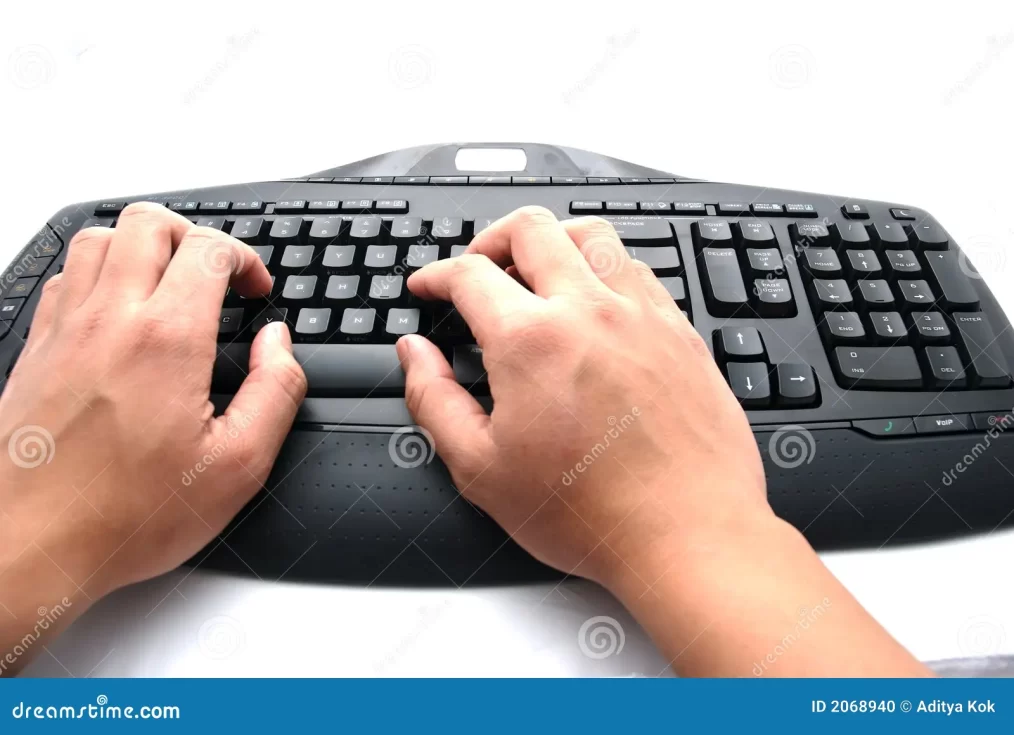In February 2025, a flotilla of Chinese warships sailed down Australia’s east coast, coming within 300km of Sydney. As the People’s Liberation Army Navy continues to expand, how can Australia respond to potential threats? Traditionally, naval and air forces handle maritime defence, but what if the Australian Army could engage naval targets from land? Enter HIMARS—the High Mobility Artillery Rocket System. This cutting-edge technology has proven its effectiveness on the battlefield, but could it play a role in Australia’s coastal defence strategy? In this video, we break down the strategic implications, capabilities, and future of HIMARS in Australia’s military planning, as well another option, the Strikemaster, an Australian-developed system from Thales. Which option should Australia purchase?
During the Vietnam War, when ambushed and outnumbered by Viet Cong forces, Warrant Officer Kevin “Dasher” Wheatley refused to abandon his wounded mate and chose to go down fighting against impossible odds rather than leave a man behind. This action of selfless gallantry led to a posthumous awarding of Australia’s highest military gallantry medal, the Victoria Cross. Wheatley was a member of the legendary Australian Army Training Team (AATV) and his story is still taught today in the Australian Army as an example of sacrifice, valour and mateship. In addition to the Victoria Cross, in other separate actions this fearless Aussie soldier was also awarded the Silver Star and Medal for Gallantry. The South Vietnamese government also awarded Wheatley the Knight of the National Order of Vietnam, Cross of Gallantry and Military Merit Medal.
The Times
In the world’s leading armies, it was once customary for artillery units to fire a few rounds and then quickly change positions to complicate enemy counter-battery fire. This tactic, known as “shoot and scoot,” aimed to minimise the risk of retaliation. However, Russia’s expanded invasion of Ukraine and the widespread use of small drones by both sides have fundamentally altered this battlefield practice.
Small, highly manoeuvrable, and resistant to jamming, Russia’s most advanced fibre-optic drones have introduced a new dimension to modern warfare. When operated by skilled personnel, these drones can slip into buildings and underground shelters to locate Ukrainian vehicles hidden from conventional surveillance methods.
The omnipresence of surveillance drones along the 800-mile front line of this prolonged conflict means that any vehicle moving in the open is swiftly detected. Artillery units have adapted by tucking their howitzers into well-concealed dugouts or blending them into existing structures between fire missions. This strategy reduces the risk posed by larger, less flexible drones that struggle to navigate confined spaces or deliver precise strikes on hidden targets.
However, first-person-view (FPV) drones—small, lightweight, and controlled remotely through a visor displaying the drone’s live feed—can bypass these defences. Unlike larger reconnaissance drones, FPV drones can fly close to the ground and enter tight spaces where artillery units attempt to hide.
Most FPV drones rely on radio signals for control, making them susceptible to jamming. To counter Ukraine’s highly effective electronic warfare capabilities, Russian drone units have increasingly turned to fibre-optic drones, which maintain a physical connection to their operators via spools of millimetre-thin wire extending over miles.
While fibre-optic drones offer significant advantages, they are not without drawbacks. Their high cost limits their widespread deployment, and their trailing wires, visible under certain conditions, can reveal the operator’s location to enemy forces. Additionally, the wires are prone to tangling, requiring exceptional skill for effective deployment.
Recognising the effectiveness of fibre-optic drones, Ukraine is also investing in the technology, ensuring that the tactical advantage is not one-sided. As both nations refine their drone warfare capabilities, the battle for supremacy in the skies—and in the hidden spaces of the battlefield—continues to evolve.
The shift towards fibre-optic drones underscores a broader trend in modern warfare: the continuous adaptation of tactics in response to emerging technologies. As concealment and electronic countermeasures become less reliable, success on the battlefield increasingly hinges on innovation and operator expertise.
eWise Blog
Australia has long been a strong advocate for global peacekeeping efforts, participating in missions across the Asia-Pacific, Africa, and the Middle East. The recent proposal for a ‘coalition of the willing’ to send a peacekeeping force to Ukraine, including Australian troops, raises significant questions about our role in international conflicts and the potential risks involved.
Peacekeeping is a noble pursuit, but the Ukraine conflict presents unique challenges. Unlike traditional peacekeeping missions, where forces intervene post-conflict to maintain stability, Ukraine remains an active war zone. Deploying troops into such a volatile situation risks transforming peacekeepers into combatants, especially given Russia’s outright rejection of NATO or European forces on Ukrainian soil. This could lead to Australia being drawn into a broader confrontation, which is not in our national interest.
Australia’s history in peacekeeping, from East Timor to the Solomon Islands, has largely involved stabilising regions with limited military opposition. Ukraine is different. A ceasefire or peace deal must first be established before any meaningful peacekeeping mission can be considered. Without clear conditions and an internationally recognised agreement, such a force risks being a political gesture rather than an effective stabilising force.
Moreover, the success of a peacekeeping force hinges on the backing of major global powers. The absence of a strong US security guarantee raises doubts about the viability of this initiative. If European forces find themselves in direct conflict with Russian troops, does Australia have the capacity and political will to stand firm in such a scenario?
Instead of committing troops, Australia should focus on diplomatic efforts, humanitarian aid, and military support through training and logistics. There are numerous ways we can assist Ukraine without putting Australian lives directly in harm’s way.
While Australia must continue to support global peace and security, we must also ensure that our involvement in Ukraine is measured, strategic, and does not compromise our national interests. Peacekeeping should never become a pathway to war.
The Times
Since its inception in 1979, the Islamic Republic of Iran has been more than just a state; it is an ideological entity that defines itself in opposition to the United States, Israel, and the West. This enmity is not merely a foreign policy stance but a foundational pillar of the regime’s legitimacy. Without this hostility, the Iranian leadership would lose the very justification it has used to consolidate and maintain its power.
Iran’s ruling clerics refer to the United States as the “Great Satan” and Israel as the “Little Satan,” portraying themselves as the force of divine justice fighting against these supposed embodiments of evil. The mullahs’ hostility is not just rhetoric—it is the bedrock of their governance. If Tehran were to normalise relations with Washington or Tel Aviv, it would contradict the revolutionary principles upon which it was built.
Unlike conventional dictatorships that may shift their policies for strategic reasons, Iran’s leadership views opposition to the West as a religious and ideological duty. Abandoning this position would not only undermine the regime’s legitimacy but could also lead to its internal collapse.
For more than four decades, Western policymakers have attempted to engage with Iran through diplomacy, economic incentives, and sanctions relief, hoping to moderate its behaviour. However, every negotiation follows the same pattern: Iran makes promises, gains political and financial benefits, and then resumes its belligerent actions. This cycle has been particularly evident in nuclear negotiations.
The 2015 Joint Comprehensive Plan of Action (JCPOA), commonly known as the Iran nuclear deal, is a prime example. In exchange for lifting sanctions and receiving billions of dollars, Iran temporarily slowed its nuclear activities. Yet, instead of using this financial windfall to improve the lives of ordinary Iranians, the regime funnelled money into terrorist proxies such as Hezbollah and Hamas, accelerated uranium enrichment, and expanded its influence across the Middle East. Far from fostering moderation, the agreement emboldened Tehran.
Iran’s leadership views nuclear weapons as the ultimate guarantor of its survival. The fate of Libya’s Muammar Gaddafi, who surrendered his nuclear ambitions only to be overthrown and killed, serves as a cautionary tale for Tehran. Supreme Leader Ayatollah Ali Khamenei has explicitly stated that Gaddafi’s downfall proves why Iran must never surrender its nuclear ambitions.
Just as with North Korea, negotiations may slow Iran’s nuclear program but will never halt it. The regime engages in talks only when it needs to buy time—whether to rebuild its economy under the cover of diplomacy, lull the West into complacency, or wait out an unfavourable political climate. The ultimate goal remains unchanged: to develop nuclear weapons as a deterrent against any attempt to remove the regime from power.
No country understands Iran’s true nature better than Israel. Unlike some Western policymakers who cling to illusions of diplomacy, Israel recognizes that Iran’s regime is built on deceit and aggression. Iran’s constitution explicitly states its commitment to exporting its Islamist revolution worldwide, and its leadership has openly declared the goal of wiping Israel off the map.
The West must abandon its failed strategy of engagement with Tehran. Diplomacy has not worked for more than four decades—and it never will. The Islamic Republic is not a rational state actor that can be coaxed into cooperation through economic incentives or goodwill gestures. It is an ideological entity that sees itself as divinely mandated to oppose the West.
If the West genuinely wants to counter the Iranian threat, it must adopt a strategy of strength. This means fully supporting Israel’s stance on Iran, imposing maximum pressure on Tehran, and taking decisive measures to prevent Iran from acquiring nuclear weapons. Regrettably, the only language Iran’s regime understands is force. Until the West recognizes this reality, it will continue to be deceived while Iran advances its ambitions unchecked.
On August 2, 1990, Iraq, under Saddam Hussein, invaded Kuwait, citing historical claims and economic reasons. This prompted a global response, with the UN imposing sanctions, and the U.S. and allies forming a Coalition to pressure Saddam into withdrawing. The Coalition began its offensive on January 17, 1991, with a massive air campaign targeting Iraqi infrastructure. Precision airstrikes devastated Saddam’s war capabilities, but his forces remained resilient, preparing defensive positions across Kuwait. Although the Coalition liberated Kuwait, Saddam retained control over Iraq, suppressing internal uprisings and frustrating UN weapons inspections. Strategically, the Coalition’s victory altered the regional power balance but left Saddam’s regime intact.
We have received advice of the death on 15 March 2025 of Allan Bradley Henderson. He was 76. Hendo was a National Serviceman who served with 107th Field Battery in Vietnam from May 1970 until May 1971 as a gun number on Alpha gun. He was an active member of the 107 Battery Association and he and wife Lyn attended most or the Association’s reunions.
RIP Allan (Hendo) Bradley Henderson
Peter Bruce, OAM
Obituary Resource Officer
Royal Australian Artillery Historical Company
We have been advised of the death on 14 March 2025 of Robert (Bob) Collins. Bob graduated from RMC Duntroon in December 1969 and served in various RAA appointments including Battery Commander of 102nd Field Battery and later, Commanding Officer of 10th Medium Regiment in Geelong. He spent time as a United Nations Observer in the Middle East during the late 1970s. He will be remembered for his outrageous love of life, his loyalty to his mates and his faith.
Bob was admitted to hospital on Tuesday and multiple cancers were found and he went down rapidly.
RIP Robert Collins
Peter Bruce, OAM
Obituary Resource Officer
Royal Australian Artillery Historical Company
ED: This from my inbox … Thanks John Clarkson
Good morning, Ray,
Well done on your article ‘Nation at a Crossroads.’ That really hit the point. There were no political criticisms, no policy damming statements, just a plea for strong leadership. Many years ago, I read a statement which was written – and read by the Chaplain of the US Senate. This statement was read to the Senate during WW II, and the idea it contained is still current today. Let me know what you think. Could this apply today?
God – Give Us Men.
By Rev Peter Marshall.
God give us men. A time like this demands strong minds, great hearts, true faith and ready hands.
Men whom the lust of office does not kill, Men whom the spoils of office cannot buy,
Men who possess opinions and a will, Men who have honour, men who will not lie;
Men who can stand before a demagogue and rout his treacherous flatteries without winking;
Tall men, sun crowned, who live above the fog in public duty and in private thinking;
For while the rabble with their well-worn creeds, their large professions and their little deeds,
Mingle in selfish strife, lo, freedom weeps. Wrong rules the land, and waiting justice sleeps.
Imagine a strong voice reciting this piece with feeling and intent!!
Kind Regards,
John.
This article appeared in The Strategist and was also published in The Australian
Michael Pezzullo is a former deputy secretary of defence and was secretary of home affairs until November 2023. This article is also published by The Australian.
Image of a USAF B-1B Lancer bomber and an RAAF F/A-18F Super Hornet (top picture): Department of Defence.
Image of Royal Australian Navy sailors on HMAS Arunta watching the Chinese replenishment ship Weishanhu and frigate Hengyang in the Tasman Sea (second picture): Department of Defence:.
Map of Australia, East Asia and the Pacific (third picture) Google Earth.
Image of a Chinese H-6 bomber with two fighters (last picture): Chinese Ministry of National Defense.
CHICK LINK to read the article
Australia’s defences must be ready in two years. Here’s what to do | The Strategist
ED: I have provided a brief summary of this article.
China’s recent naval deployment near Australia served three strategic purposes: demonstrating its naval power, testing Australia’s response, and rehearsing potential wartime operations. The task group, led by a missile-equipped cruiser, likely simulated a seaborne missile strike on Australian infrastructure. Future wartime operations would involve a larger force, including submarines and bombers, exploiting gaps in Australia’s defences while US forces remained engaged elsewhere.
China’s military strategy aims to neutralise Australia’s value as a US staging area in a broader conflict. This includes missile strikes, submarine attacks, and securing control over strategic waterways. Australia’s response, initially downplaying the threat, ignored the deployment’s clear intent: intimidation and strategic rehearsal.
To counter China’s growing assertiveness, Australia must enhance surveillance, increase military readiness, and acquire long-range strike capabilities. This includes B-1B bombers, advanced missiles, naval reinforcements, and a stronger air force. Additionally, securing alliances with Papua New Guinea and the Philippines would extend Australia’s defensive reach.
While the likelihood of war remains low, Australia must prepare for future conflict scenarios. Without adequate preparation, it risks becoming vulnerable to coercion. The worsening strategic landscape demands urgent action to strengthen defence capabilities before China fully develops its offensive options.

